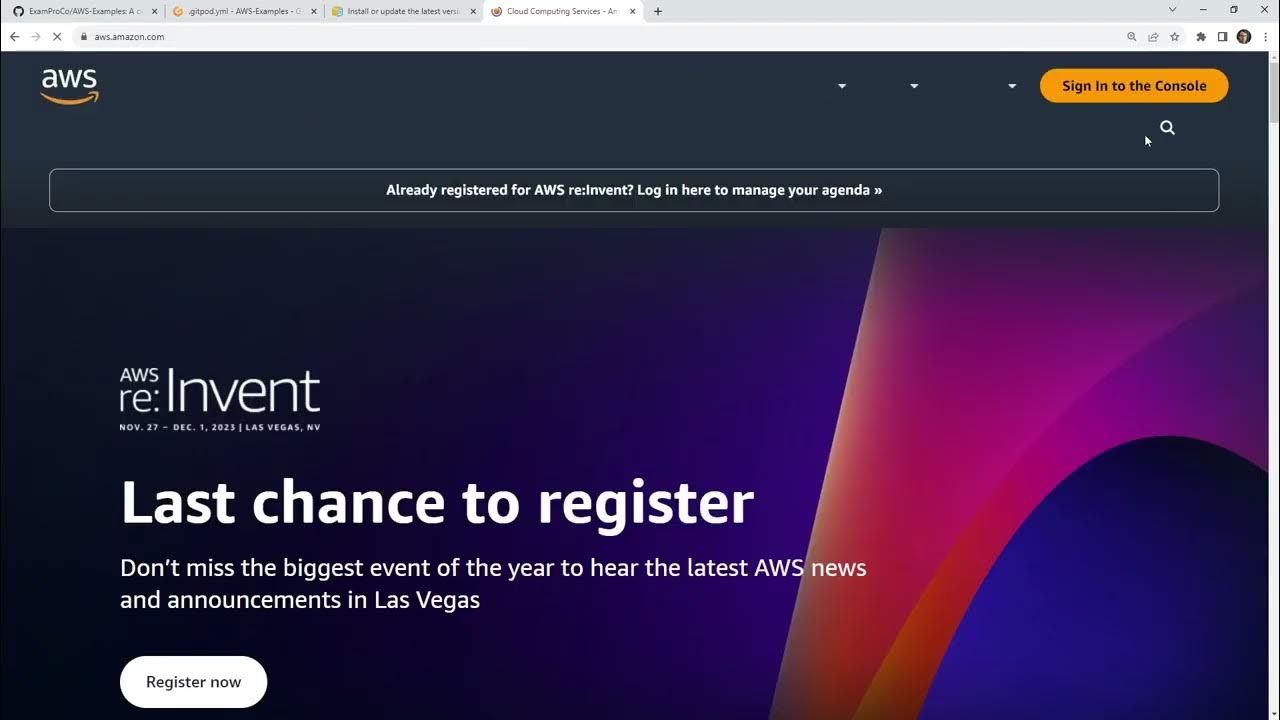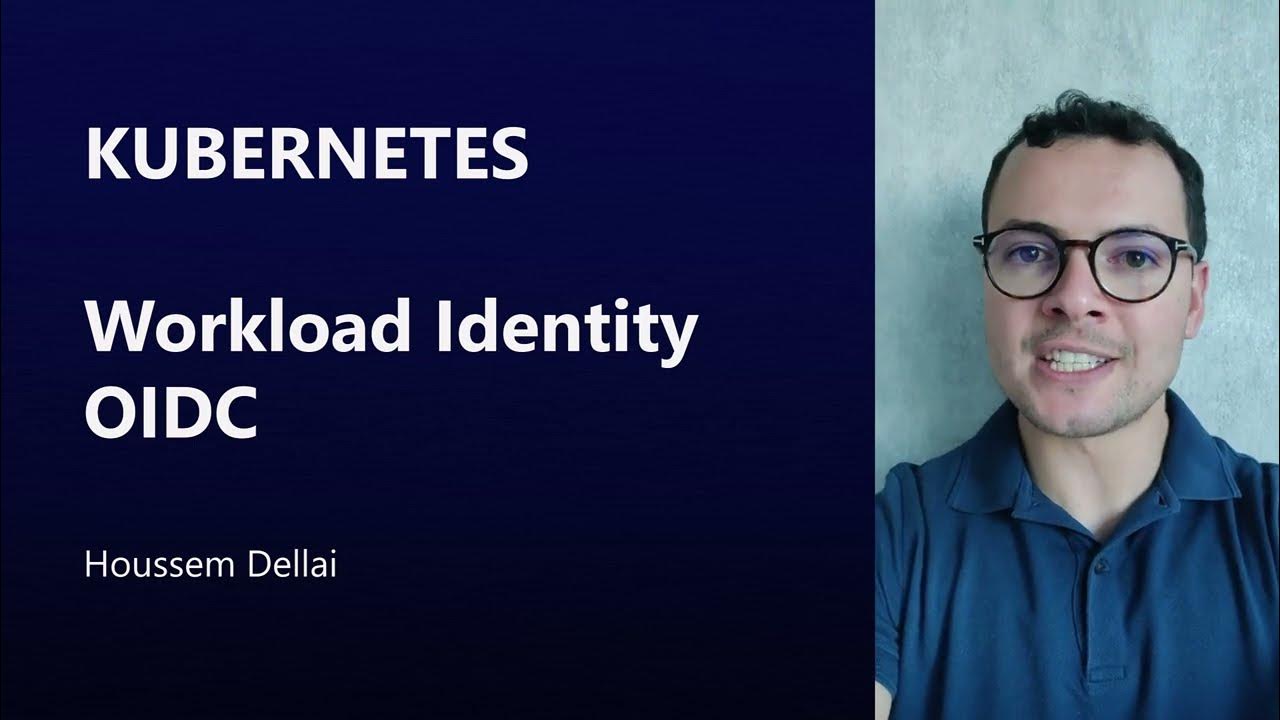Afinal o que é AWS Secrets Manager? Confira na prática!
Summary
TLDRIn this video, cloud architects Leo and Diogo discuss AWS Secrets Manager and its capabilities for securely managing sensitive credentials like database passwords. They explain how to store and rotate secrets, the benefits of encryption, and how to integrate Secrets Manager with services like RDS and Lambda. The video emphasizes best practices for managing secrets, such as creating custom encryption keys, automating password rotations, and replicating secrets across AWS regions for disaster recovery. Viewers also learn about policies and access controls to ensure secure retrieval of secrets by authorized users.
Takeaways
- 😀 Secrets Manager in AWS provides a secure way to store sensitive information like passwords.
- 🔒 It addresses the challenge of securely managing and storing credentials for databases and applications.
- 💡 Security concerns around how passwords are provisioned and stored in cloud environments are growing among businesses.
- 🛠️ Storing sensitive credentials directly within application connection drivers can create security risks, especially when credentials need to be changed frequently.
- 🔑 AWS Secrets Manager allows encrypted storage for credentials, offering a higher level of security by using keys for encryption.
- ⚙️ It is recommended to create a new encryption key (rather than using the default one) for each service to ensure stronger security and access control.
- 🔄 The service allows automatic password rotation, which reduces manual intervention and security risks during password changes.
- 🌍 Secrets can be replicated across multiple AWS regions, making it easier to maintain disaster recovery setups and cross-region services.
- 💬 You can define schedules for automatic password rotation, ensuring minimal downtime and disruptions to your applications.
- 🤖 Integration with Lambda functions allows automated tasks, such as rotating passwords and updating database credentials without manual intervention.
- 🔑 Using IAM policies, access to secrets can be restricted to specific users or applications, ensuring that only authorized entities can retrieve and use credentials.
Q & A
What is the main purpose of AWS Secrets Manager?
-AWS Secrets Manager is designed to securely store and manage sensitive information like passwords, API keys, and database credentials. It helps automate credential rotation and encryption to enhance security.
How does AWS Secrets Manager enhance security when dealing with passwords?
-Secrets Manager allows you to store passwords in an encrypted format and supports automatic rotation of passwords, which reduces the risk of credential exposure and minimizes manual efforts in managing secrets.
What challenges does Secrets Manager aim to address in cloud environments?
-Secrets Manager addresses the challenges of securely storing and rotating passwords, managing database credentials, and ensuring that secrets are not hardcoded in applications or exposed in plaintext.
What is a best practice for managing encryption keys in AWS Secrets Manager?
-A best practice is to create a new encryption key for each service rather than using the default key. This provides a higher level of security and more control over access management.
Can you automatically rotate the credentials stored in AWS Secrets Manager?
-Yes, AWS Secrets Manager supports automatic rotation of credentials. You can set a schedule for rotation, such as daily, weekly, or based on your security requirements.
How does Secrets Manager help reduce downtime during password rotations?
-Secrets Manager helps minimize downtime by enabling automated password rotation without manual intervention. Applications can retrieve new passwords programmatically, ensuring smooth transitions.
What role does Lambda play in the automatic password rotation process?
-Lambda functions can be used to automate the password rotation process. When a password is rotated, a Lambda function can be triggered to update the credentials in the database and other connected services.
Can AWS Secrets Manager be used to manage credentials across multiple AWS regions?
-Yes, AWS Secrets Manager allows you to replicate secrets across different regions, which is crucial for disaster recovery (DR) strategies and ensuring that secrets are available in multiple regions.
How do you control who can access the secrets stored in AWS Secrets Manager?
-Access to secrets in AWS Secrets Manager is controlled using AWS Identity and Access Management (IAM) policies. You can define permissions so that only specific users or services can retrieve or manage the secrets.
What are some of the AWS services that can integrate with AWS Secrets Manager?
-AWS Secrets Manager integrates with several AWS services like Amazon RDS (Relational Database Service), Amazon Redshift, Amazon DynamoDB, and Amazon EC2. It can store and manage credentials for these services securely.
Outlines

This section is available to paid users only. Please upgrade to access this part.
Upgrade NowMindmap

This section is available to paid users only. Please upgrade to access this part.
Upgrade NowKeywords

This section is available to paid users only. Please upgrade to access this part.
Upgrade NowHighlights

This section is available to paid users only. Please upgrade to access this part.
Upgrade NowTranscripts

This section is available to paid users only. Please upgrade to access this part.
Upgrade NowBrowse More Related Video

What is Database Security?

Setup Codebase Gitpod AWS CLI

HashiCorp Vault Secret Engine and Secret Engine path - Part 4 | HashiCorp Vault tutorial series

36. Literasi Digital - Pengelolaan Kata Sandi dengan Manajer Kata Sandi - Informatika Kelas X

Workload Identity (OIDC) for AKS

AWS Academy Cloud Foundations - Module 5 - Part 1
5.0 / 5 (0 votes)